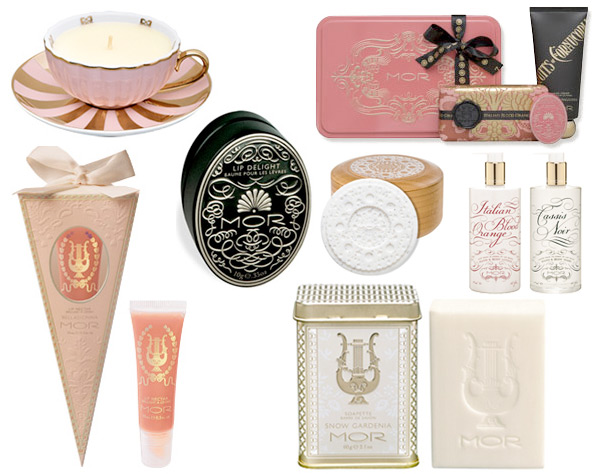In Susan “Min Jee” Kim’s blog “Product Placement“, I read her opnion on how strong the advertising power of product placement is. I would have to strongly agree with her that product placement is a very subliminally effective way for marketers to get television or movie viewers to purchase products. I, myself have too, bought products that I’ve seen in movies. For example, I remember watching the movie “Eat. Love. Pray.” starring Julia Roberts. In one of the scenes where she visits Italy, she goes to one of the most famous pizzerias in Rome, where the pies look simply delicious. During the past summer I was given the opportunity to visit Italy for a family vacation. While having watched that movie, I spent three full days in search for that exact same pizzeria, just so I could eat there because the pizzas looked irresistable, and the fact that this restaurant “was in a movie”. This just goes to show that product placement can easily become one of the strongest methods of advertisement.








